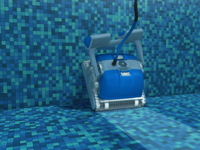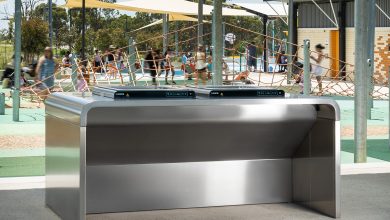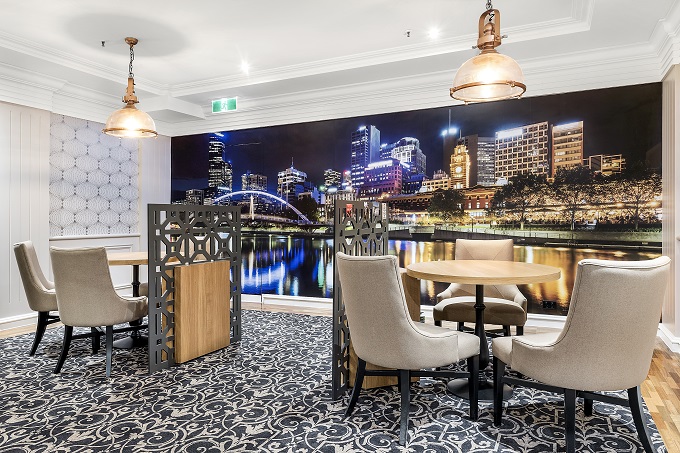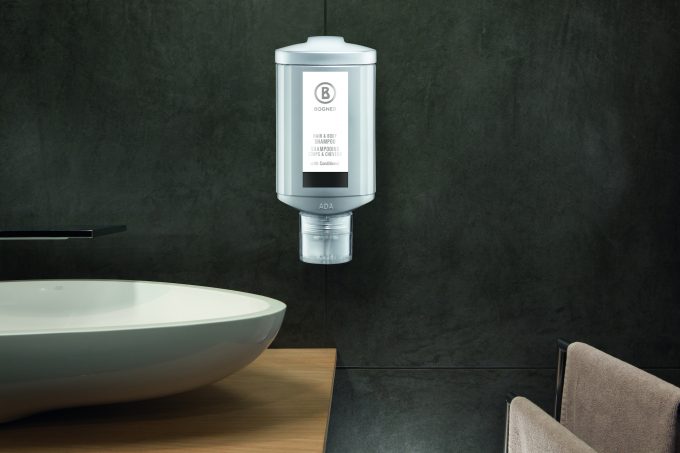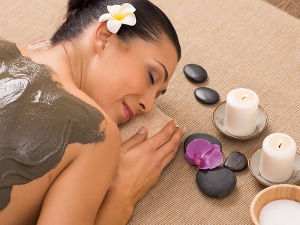
How far should you go?
Location, views and other natural attributes may be part of your drawcard for tourists but what sets your resort, hotel, motel or B&B apart from the rest is largely in the guest facilities you provide.
And the majority of your guests do want to relax. Even if they are avid sightseers or boundless adventure seekers, at the end of the day the will enjoy a large dollop of relaxation. And, to today’s savvy travellers, that means spas, saunas and therapeutic treatments.
The practice of travelling to hot or cold springs in hopes of effecting a cure of some ailment dates back to pre-historic times. Many people around the world believed that bathing in a particular spring, pond or river resulted in physical and spiritual purification. Forms of ritual purification existed among the native Americans, Persians, Babylonians, Egyptians, Greeks and Romans. Today, ritual purification through water can be found in the religious ceremonies of Jews, Muslims, Christians, Buddhists and Hindus. These ceremonies reflect the ancient belief in the healing and purifying properties of water.
Most travellers revel in a spa. The term spa is associated with water treatment that is also known as balneotherapy. The term is derived from the name of the town of Spa in Belgium, whose name is known back to Roman times, when the location was called Aquae Spadanae.
Yet, the most developed and sophisticated use of water with healing and relaxation purposes comes from Turkish hammams. This therapeutic use of water was introduced by Muslims in the European Middle Ages.
The first truly popular spa was Saratoga Springs not far from New York, which, by 1815, had two large, four-storey Greek revival hotels. It grew rapidly and, by 1821, it had at least five hundred rooms for accommodation.
Complementing spas nowadays is the sauna. The word sauna is an ancient Finnish word referring to the traditional Finnish bath. Strangely, sauna does not necessarily mean a building or space built for bathing. In fact, in Mexico and Guatemala, a version of the sauna indigenous to the Americas, called temazcal, is more like the saunas in hotels today – a version of the sweat lodge used by indigenous peoples of the Americas, though the temazcal is usually made of clay or stone rather than wood.
Archeological sites in Greenland and Newfoundland have uncovered structures very similar to traditional Scandinavian farm saunas.
But it is the Finnish sauna culture most followed today – there are built-in-saunas in almost every house in Finland. The oldest known saunas in Finland were made from pits dug in a slope in the ground and primarily used as dwellings in winter. The sauna featured a fireplace where stones were heated to a high temperature. Water was thrown over the hot stones to produce steam and to give a sensation of increased heat. This would raise the apparent temperature so high that people could take off their clothes. The first Finnish saunas are what nowadays are called savusaunas or smoke saunas.
 It doesn’t end there. A hammam is a public bath influenced by ancient Turkish traditions. Conventionally, the hammam includes a cold pool in the centre of the structure and diffuse, high-intensity mist. In the past, the hammam served as a central gathering point for the community where people could socialise, relax and practice personal hygiene. Day spas have revived this ancient tradition, adding contemporary spa touches such as aromatherapy steam treatments, exfoliating skin treatments and hydrotherapy.
It doesn’t end there. A hammam is a public bath influenced by ancient Turkish traditions. Conventionally, the hammam includes a cold pool in the centre of the structure and diffuse, high-intensity mist. In the past, the hammam served as a central gathering point for the community where people could socialise, relax and practice personal hygiene. Day spas have revived this ancient tradition, adding contemporary spa touches such as aromatherapy steam treatments, exfoliating skin treatments and hydrotherapy.
At day spas, cold plunge pools are normally paired with saunas or steam rooms to provide an invigorating and refreshing counterpoint. Cold plunge pools contain chilled water in which guests can immerse themselves for a brief time after a sweat-inducing steam or sauna. The alternating hot/cold temperatures are said to aid in effective circulation and detoxification.
Many day spas offer sauna sessions, during which guests can experience dry or wet/dry heat intended to promote deep relaxation. Exposure to high temperatures in a sauna is also thought to aid in detoxification and weight loss. Some claim that heat exposure helps to strengthen the immune system by stimulating the production of white blood cells.
A steam room differs from a sauna by stressing humidity over temperature. The humidity of a steam room is said to have a positive effect on a number of chronic conditions, including acne and sinus congestion. The steam is also thought to improve skin health and circulation. Guests with muscle conditions or chronic pain have experienced temporary relief from steam exposure. Steam heat has also been recommended for those suffering from severe allergies or asthma.
Jacuzzi baths and whirlpools are known for providing restorative hydrotherapy through pressurised streams of water. Whirlpool baths offer the healing touch of massage in a comfortable, customisable environment. Many of the latest models allow the bather to adjust the temperature and pressure of the water jets for various purposes.
There are laconicums (for people who find saunas too hot and steam rooms too humid) and tepidariums, a chill-out room with heated loungers and rhassoul mud rooms, where therapists apply detoxifying mud treatments all over a guest’s body, face and hair, before sitting back and enjoying gentle herbal-infused steam and wait while the clay absorbs toxins and nourishes their skin.
But that is not the end of it. Therapeutic body massages, relaxing facials, nail treatments, yogic programs, anti-aging therapies, private ladies only clubs, gentleman’s clubs, prenatal treatments, majali (intimate seating/meeting areas), manicure-pedicure stations, facials, aromatic slimming massages, wellness rituals, body exfoliations, beauty treatments, shirodhara facial massages, nutritional programs, aquabiking, body soufflés, salt infusions, wellbeing suites, wailele (waterfall) suites, hot stone foot beds, vitality pools, ice fountains and wax services are all part of the new-age healthy living guest facility.
A spa’s philosophy is to combine eastern and western treatments and philosophies to evoke tranquility, restore inner calm and renew energy levels.
The best therapists at the best spas have had extensive training in reiki, reflexology, shiatsu and more.
You owe it to your guests to provide this therapeutic relaxation… the question really is, how far should you go?
.

